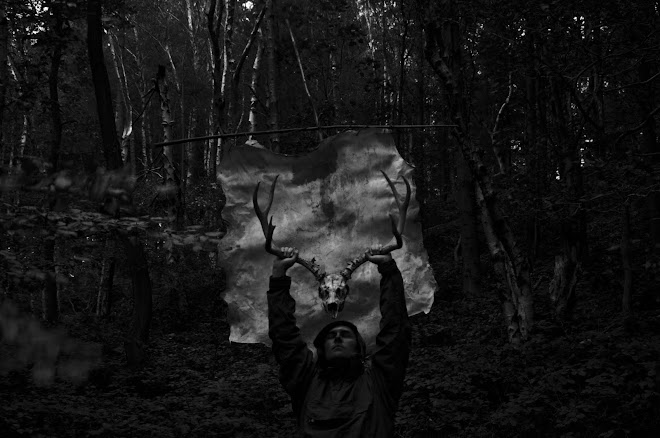skip to main |
skip to sidebar
Megalithic Monday: The Meaning of Place





An archaeological examination of a megalithic site can reveal much about the mechanics of construction, the choice of material and the approximate age of the structure. It may also tell us something about usage and the ritual significance of a site but so far archaeology has not provided answers to the really big questions: – why did the people build here, what did these people believe and what did the circle builders hope to achieve? When modern people stand here these are the questions they ask, or at least these are questions they should ask if they are not too occupied dropping crisp packets and scratching their names into the stones, and having asked is there an answer?
With their distribution along the Atlantic fringe of Europe and concentration on the British Isles the Megalithic monuments represent a specific and unique prehistoric tradition, the echoes of which we may still be able to hear but first our modern understanding needs to be freed from the accumulated cultural fluff that has attached itself to these sites. We need to ignore, or perhaps gather up and destroy, the litter of crystals and charms that woolly minded New Age pagans have left at the more accessible sites. We need to cut through the faux-Druidry and Celtophilia that seeks to smother the real mysteries of Ancient British Animism beneath a cloak of deism and cod-worship. We need to disregard the rag-tag of hippies, witches, tramps and hand-knitted rainbow-flavoured pykies that gather at the quarters of the year to venerate their Gods and Goddesses because these things are not real. They are false, pretend, make-believe faerie stories for kidults who Want To Believe. In the distant future of millennia to come such people will gather at the ruins of churches and cathedrals and pray to something that does not resemble Christ - and that will not be real either.







No comments:
Post a Comment